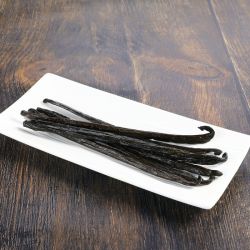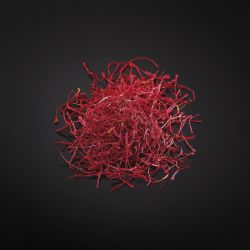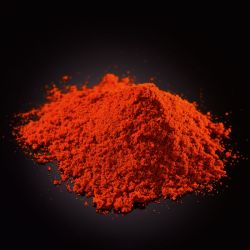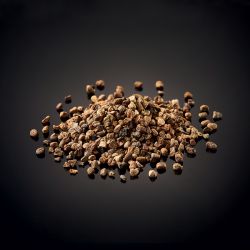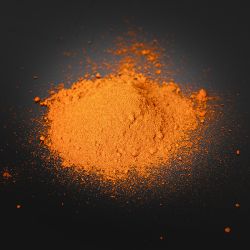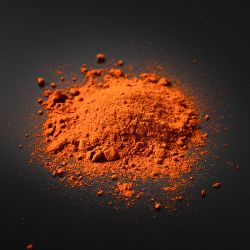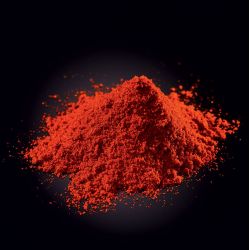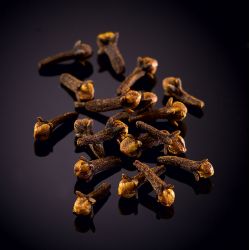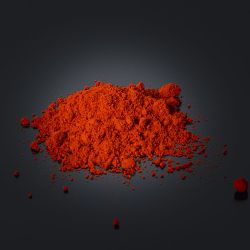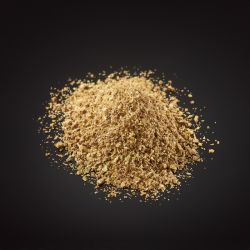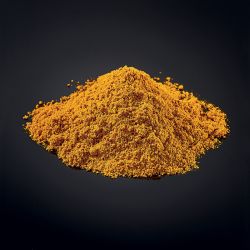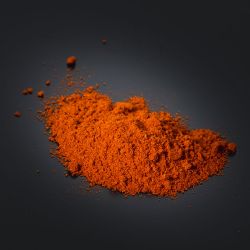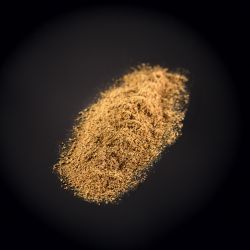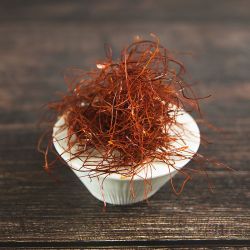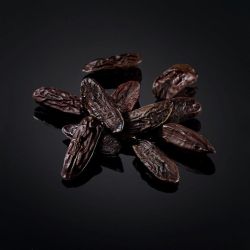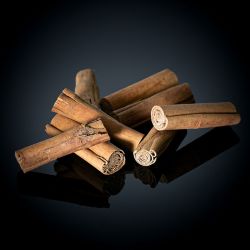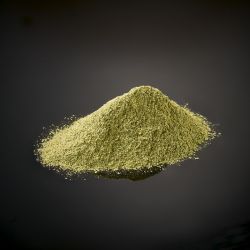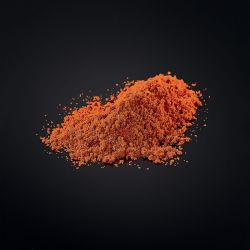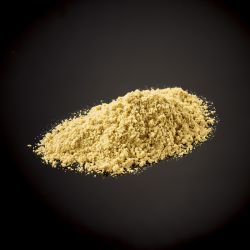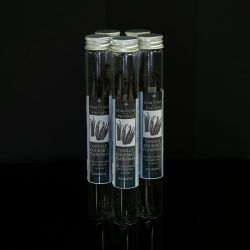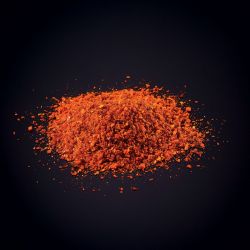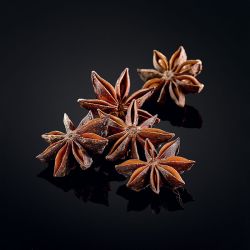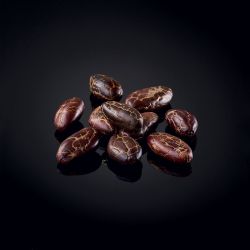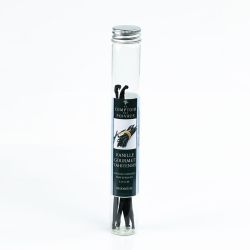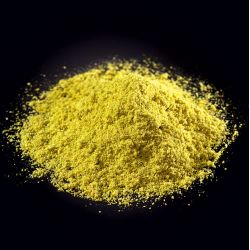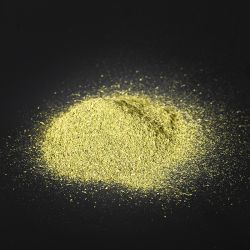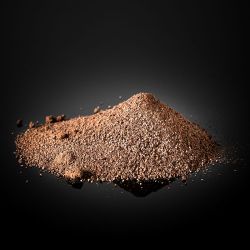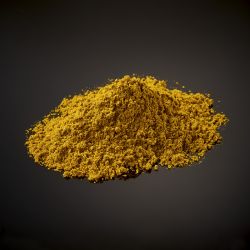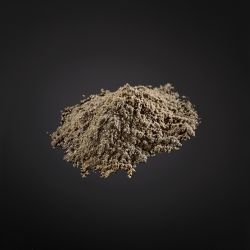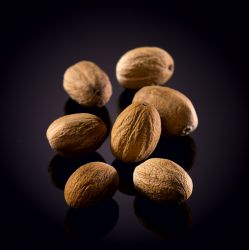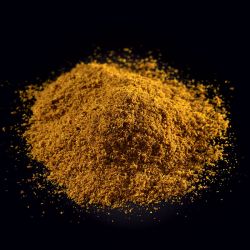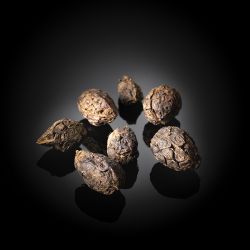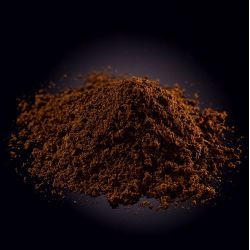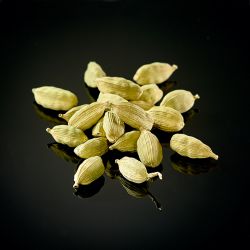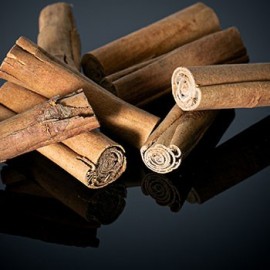
Spices
Comptoir des Poivres offers a wide selection of whole spices, flakes, powders and blends that will delight cooks, pastry chefs and gourmets!
Active filters
What is a spice?
The definition of the word "spice" has not changed over time.
The definition still used in today's dictionaries is very vague and without any real accuracy: Aromatic and vegetable substance used to flavour food.
Olivier Derenne propose a new definition, more adapted to today's cuisine, based on the use of the product and not its provenance:
A spice is an aromatic vegetable substance used to flavour dishes. It can come from fruit, bark, roots, flowers, leaves, bulbs, seeds, whole plants, pressing fruit and fermentation of plant substances.
We can therefore consider that aromatic herbs are included in this category, like salt, olive oils, mustards or vinegar etc.
Language has also distorted the first meaning of the word spicy, which no longer means "with spices", but which is perceived pejoratively as being "powerful, pungent, blowing your head off"! whereas spicing is the art of seasoning, the precision, the subtlety.
We therefore invite you to rediscover the use of spices…
Spices' glossary
Cardamom - elettaria cardamomun
The queen of the spices. For the Indians it comes from the Cardamom Hills which dominate the Kerala plain and the Malabar coast to the south-west of India. It is a plant from the Zingiberaceae family, a close relative of ginger, turmeric and the Melegueta pepper.
Today it is cultivated in Cambodia, Vietnam, Sri Lanka and of course, India. It is a small seed which grows on the aerial roots of the plant, which are delicately hand-picked by women and then dried in the sun. There are two varieties of cardamom - green and black. The latter comes from Nepal, has a strong camphor taste and is not very useful in cooking. The white cardamom powder is made using the green pods and by adding starch or by soaking it in lime milk.
The small black grains in the green capsule are strongly aromatic with floral notes and a very fresh register of citrus and menthol, reminiscent of eucalyptus. Around 40,000 of these grains are needed to produce 1 kilo. It is traditionally used in India in pastry making. It is used in most spice mixes and is indispensable in tea. It is used in coffee in the Middle East.
Cinnamon - cinnamomum zeylanicum or laurus cinnamomum
Cinnamon belongs to the lauraceae botanical family. It originates from Ceylon. It is very widespread today in India, Malaysia, Vietnam, Indonesia, Seychelles, Mauritius, Madagascar, the West Indies, Guyana, Brazil...
It is a tree bark. It is largely grown for the production of gasoline. Chinese cinnamon, "Laurus Cassia", also known as Chinese Cassia, comes from a tree from the same family. It grows in China, Laos, India and Indonesia.
Clove - eugenia carophyllus
The clove is the dried flower bud of the clove tree (Myrtaceae family). This tree is native to the Bat Jan islands, a micro archipelago in the centre of the Moluccas (Indonesia). The tree has travelled extensively and cloves are now found in many countries - Ambon, the Moluccas and Sumatra (Indonesia), Penang (Malaysia), Seychelles, Mauritius, Reunion, Zanzibar, Sri Lanka, India (states of Mysore and Travancore), the West Indies, Guyana, Madagascar etc.
The clove has a hot, sweet and spicy flavour. It is used by the pharmaceutical industry for its disinfectant, healing and anaesthetic powers. Its smell is inevitably reminiscent of the dentists'! It is also used by perfumers. You can create a wonderful home fragrance by studding an orange with cloves which is called a "pomander".
Coriander - coriandrum sativum
This plant from the umbelliferae family is native to Asia Minor. It is sometimes called Chinese parsley or cilantro. It is grown today at all latitudes and in particular in Europe, North America and North Africa.
You can eat the leaves and seeds. The latter have a very nice aroma of orange bark, citrus fruits, spices, wood, dry grass and aniseed.
Curry
Curry isn't a spice or even a complex mixture of spices, but is the term given to dishes served in a sauce containing spices mixed with "ghee" clarified butter, yoghurt or coconut milk. The English word "curry", originates from the Indian Kari (originally a Tamil word "khari" meaning "sauce") and is also the name of a vegetable dish from the Madras region. In today's language the word "curry" refers to a type of "masala".
These mixtures of spices are called "masalas". They vary according to their uses and each family has its own recipes. The impressive number of spices in the composition of these mixtures and the enormous subtlety of the proportions are kept secret by the masalachis or "mixers".
Liquorice
Liquorice is a herbaceous plant from the Fabaceae family, also called 'black liquorice' or 'sweet wood'. It is a Mediterranean plant native to Syria whose roots are used.
It is used in medicine due to its multitude of benefits, but also in confectionery and in liqueurs.
Nutmeg and mace - myristica fragans
Nutmeg is indigenous to the island of Banda in the Molucca archipelago. It was introduced in Sulawesi, Java and Sumatra, Malaysia on the island of Penang, in Bengal, the Caribbean and Brazil. Pierre Poivre planted it in Mauritius and Reunion.
The nutmeg is the seed at the heart of a fruit the size of an apricot. The outer layer of the nutmeg which is yellow or red is called the mace. The grated nutmeg and mace are used in the same way. The latter is less aromatic but more subtle.
Râs al hânout
Râs al Hânout isn't a spice, but a mixture of spices from Morocco. Each spice merchant has their own recipe. The literal translation is "the head of the store", that is to say, the best in the shop. An exceptional mixture can make a shop's reputation.
Each merchant keeps their recipe secret, which can contain up to 27 different spices, including black pepper, coriander seeds, cloves, green cardamom, turmeric, cumin, cinnamon, ginger, salt, pepper, nutmeg, Melegueta pepper, long pepper, cubeb, mace, galanga, gum arabic, belladonna berries, dried flowers and also rare extremely powerful aphrodisiacs such as the Spanish fly!
Saffron - crocus sativus
Its origin is not very well-known. It is thought to originate somewhere between Iran and Greece. It spread throughout the Arab world and was introduced in Europe in the Middle Ages. Today it is cultivated in India, Morocco, Greece, Spain and Iran, the latter country being the world's top producer. French production, which restarted at the end of the 80s, in particular in Gâtinais area, is of very fine quality, but very rare.
Saffron is a crocus stamen, which is harvested by hand and then dried. During this last process, which is very delicate and determines the spice's quality, the saffron loses 4/5 of its weight. Between 100,000 and 150,000 flowers are needed to make a kilo of dried stigma. The yield is 2 kilos per hectare! It is exceptionally aromatic. One can discern aromas of cedar, tobacco, hay, citrus fruits, pepper, mint as well as floral notes with a slight bitterness.
Turmeric - curcuma longa
Originating in India, this plant from the Zingiberaceae family (like ginger and cardamom) is cultivated today in its country of origin, in China, on the island of Mauritius and on the Island of Reunion.
Its taste is subtle, peppery with a slight bitterness and pungency. This spice is a strong dye like saffron. It is also called "safran bourbon" or "Indian Saffron".
Vanilla - vanilla fragans
Vanilla is an orchid from Mexico. It is a vine which has around 30 identified "sub-species". The vanilla from Mexico (vanilla fragans) and bourbon vanilla (vanilla fragans) from the Mascarene Islands and Madagascar are the most interesting, with powerful aromas. The vanilla from Tahiti (vanilla tahitensis), the vanilla from Java and the vanilla from the Caribbean are much less subtle and are primarily used in perfumery.
Many steaming and drying stages are necessary to produce a pod. Since pollination is done manually, it can sometimes takes up to two years to produce a high quality product. Four kilos of fresh pods are necessary to make a kilo of dried pods.
Only buy vanilla in pods. It must be very aromatic, shiny and flexible. Keep it in waxy paper away from light and high temperatures.

